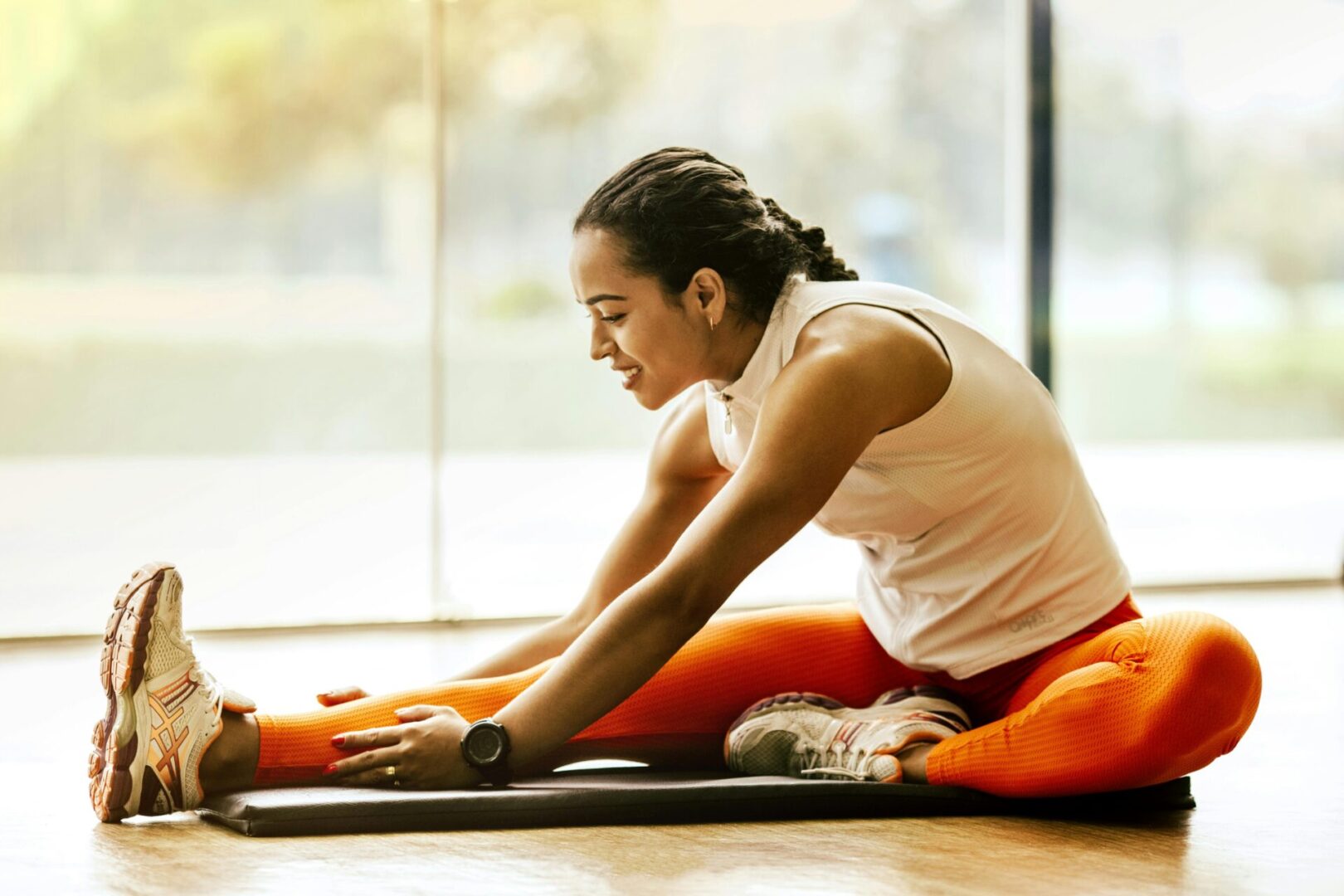While undergoing platelet-rich plasma (PRP) therapy, patients should temporarily limit exercise levels to allow the body to heal properly. PRP uses your body’s natural response system to promote healing in and around joints, nerves, and herniated discs. A back doctor applies Play rich plasma directly to the affected area. Here are some exercise guidelines to follow during your PRP treatment:
Avoid Strenuous Exercise
High-intensity workout routines can displace the platelets from the target area, reducing the effectiveness of the PRP treatment. This slows the healing process and could aggravate the injection site as side effects include soreness and minor swelling. You should limit your activity levels significantly for the first 72 hours to allow the treatment to settle in. This means no weight-lifting, impact cardio, or HIIT routines that involve the treated area.
Integrate Strength Training
Your back doctor may advise you to follow a rehabilitation process during your PRP treatment. A typical rehabilitation routine involves various phases of activity with increased exertion at each new stage. Routines can include light weight training, resistant bands, stretching, and low-impact cardio. Weight-bearing exercises should be performed as tolerated to avoid further irritation. No two patients are the same with respect to lifestyle and athletic abilities. Therefore, there is no one-size-fits-all exercise recipe. The post-treatment rehab should be tailored to the individual.
Rehabilitation phases one and two often involve immobilization and avoiding direct exercise of the area, as well as decreasing the use of immobilization devices like braces. After two or more weeks of recovery, patients may enter phases three and four. These consist of core strengthening and increasing repetitions. You should be able to return to your sport or your full personal workout regime usually within 6 to 8 weeks after your PRP injection. Booster treatments are available as necessary if your pain persists or returns. However, went on properly, one treatment should suffice.
Incorporate Non-Impact Cardio
Impact activities include any exercise that causes a direct, repetitive contact with soles of your feet, fists, or legs, like running or boxing. A glider machine is a beneficial piece of equipment during rehabilitation because it allows you to be in motion with zero impact. They also have varying resistance levels for an efficient workout throughout your treatment journey, allowing you to control the intensity.
Swimming is a non-impact activity that alleviates pressure on the spine and joints. Water creates a weightless environment and generates resistance while in motion, allowing you to engage your muscles for toning. Start with 20- to 30-minute aqua exercise sessions, depending on the severity of your injury and the location of your PRP treatment.
Return to Your Normal Routine
After you have completed the rehabilitation process and phases, you should be able to return to your regular routine without limitations. Try to incorporate the exercises associated with your specific sport or workout routine. Exercises like lifting, cardio, and stretching should not cause pain at the injection site.
Schedule Your Back Doctor Appointment
At Regenerative Medicine and Orthopedics (DBA), we provide a variety of non-surgical treatment options to manage your injury or painful condition. Common ailments we see include herniated discs, sciatica, and arthritis. Athletes who perform repetitive motions, like in golfing or tennis, may be at higher risk for pain-related conditions. Contact us today by phone or email to schedule your free consultation.
